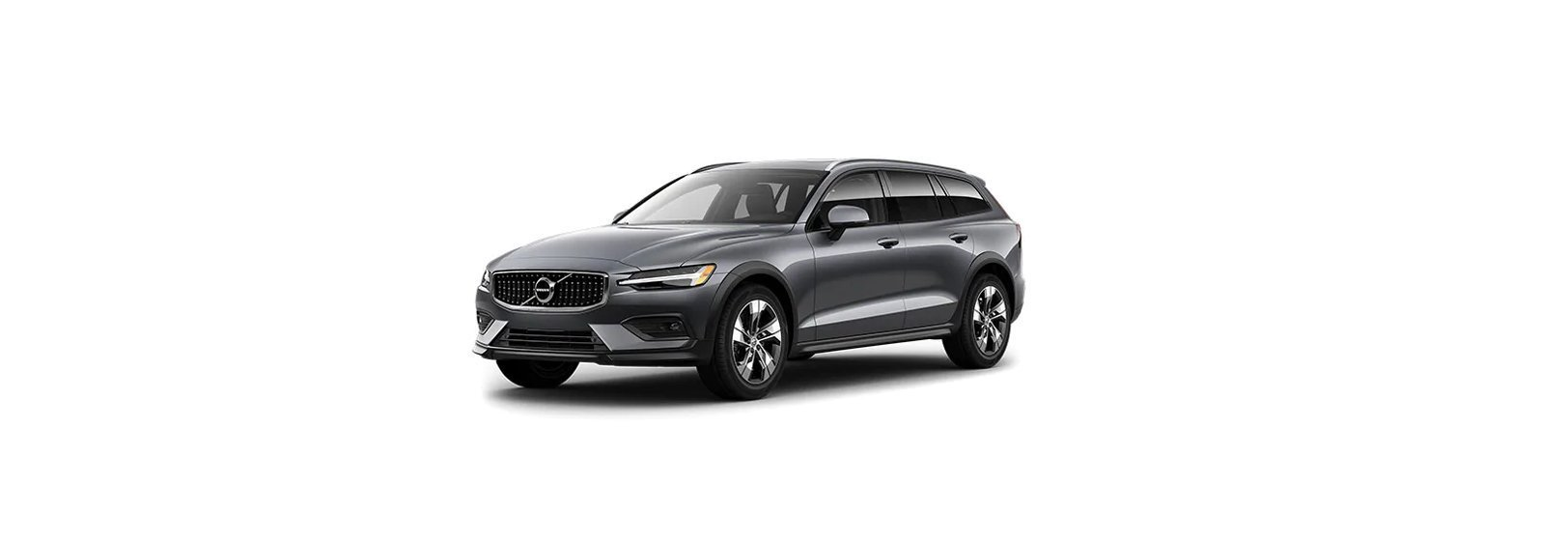Towing a car with the seven-speed gearbox is not permitted. Instead, the car must be transported raised with all the wheels on a recovery vehicle’s platform. Contact a Volvo dealer to determine what applies for your car.
Preparations and towing
Some gearbox variants prevent shifting out of the P position unless the engine is running. Contact an authorised Volvo workshop for assistance when towing, or summon professional help for recovery.
Note that the car must always be towed with the wheels rolling forward.
- Do not tow cars with automatic transmission at speeds higher than 80 km/h(50 mph) or for distances in excess of 80 km (50 miles).
- Check that the steering lock is unlocked before towing.
- Ignition position II must be active – in ignition position I all airbags are deactivated.
- Always keep the key in the car when it is being towed.
The brake servo and power steering do not work when the engine is switched off – the brake pedal needs to be depressed about 5 times more heavily and the steering is considerably heavier than normal.
- Activate the car’s hazard warning flashers.
- Secure the towline in the towing eye.
- Deactivate the steering lock by unlocking the car.
- Set the car in ignition position II – turn the start knob clockwise without depressing the brake pedal, and hold the knob in place for approx. 4 seconds. Then release the knob, which automatically returns to its starting position.
- Move the gear selector to neutral position and release the parking brake.
If the battery voltage is too low, the parking brake cannot be disengaged. Connect a donor battery if the battery voltage is too low.- The towing vehicle can now start towing.
- Keep the towline taut when the towing vehicle reduces speed by holding your foot gently pressed on the brake pedal – thereby avoiding unnecessary jerking.
- Be prepared to brake to stop.
Jump starting
The catalytic converter may be damaged during attempts to tow-start the engine.
Help when starting on a hill
The function means that the pedal pressure in the brake system remains for several seconds while the driver’s foot is moved from brake pedal to accelerator pedal.
The temporary braking effect releases after several seconds or when the driver starts to drive away.
The Hill Start Assist is activated when stopping on a sleep slope. The function is available even when the automatic braking when stationary (Auto hold) function is deactivated.
Braking on gritted roads
- Brake now and again to remove any layer of salt. Make sure that other road users are not put at risk by the braking.
- Gently depress the brake pedal after finishing driving and before starting your next trip.
Braking on wet roads
This may also be the case after a car wash. It is then necessary to depress the brake pedal more forcefully. You should therefore maintain a greater distance to the vehicles in front.
Brake the car firmly after driving on wet roads or using a car wash. This warms up the brake discs, enabling them to dry faster and protecting them against corrosion. Bear in mind the current traffic situation when braking.
Parking on a hill
Always make sure that the parking brake has been activated when parking on a hill.
Always use the parking brake when parking on an inclined surface. Engaging a gear or the automatic transmission’s P position is not sufficient to hold the car stationary in all situations.
If the car is parked facing uphill:
- Turn the wheels away from the kerb.
If the car is parked facing downhill:
- Turn the wheels towards the kerb.
Heavy load uphill
A heavy load, such as a trailer, can cause the car to roll backward when the parking brake is released automatically on a steep incline. Avoid this by pulling the control upwards while driving the car away. Release the control when the engine achieves traction.
Petrol particle filter (Applicable to certain variants)
Particles in the exhaust gases are collected in the petrol particle filter during normal driving. In normal driving conditions, passive regeneration takes place, which leads to the particles being oxidised and burned away. The filter is emptied in this way.
If the car is driven at low speed or with repeated cold starts in low outside temperature, active regeneration may be necessary. Regeneration of the particulate filter is automatic and normally takes 10-20 minutes. Fuel consumption may temporarily increase during regeneration.
When driving short distances at low speeds in a petrol car
The capacity of the emissions system is affected by how the car is driven. Driving varying distances and at different speeds is important in order to achieve performance that is as energy-efficient as possible.
Driving short distances at low speeds (or in cold climates) frequently, where the engine does not reach normal operating temperature, can lead to problems that can eventually cause a malfunction and trigger a warning message. If the vehicle is mostly driven in city traffic, it is important to regularly drive at higher speeds to allow the emissions system to regenerate.
- The car should be driven on A-roads at speeds in excess of 90 km/h (55 mph) between each refuelling.
Petrol station
Use the car’s navigation system (Option/accessory) in order to find the route to the closest petrol station.
When stopping to refuel it is a good idea to make a general inspection of the car as well, such as checking tyre pressure, bulbs, wiper blades, topping up washer fluid, etc.


